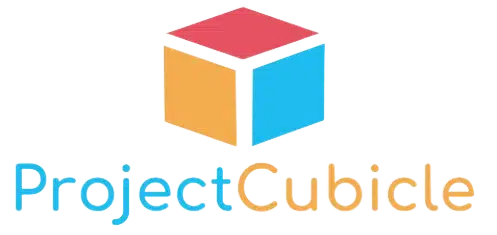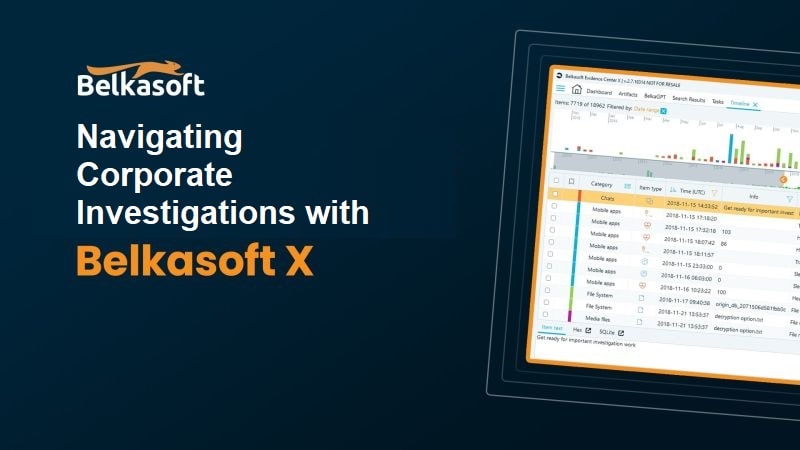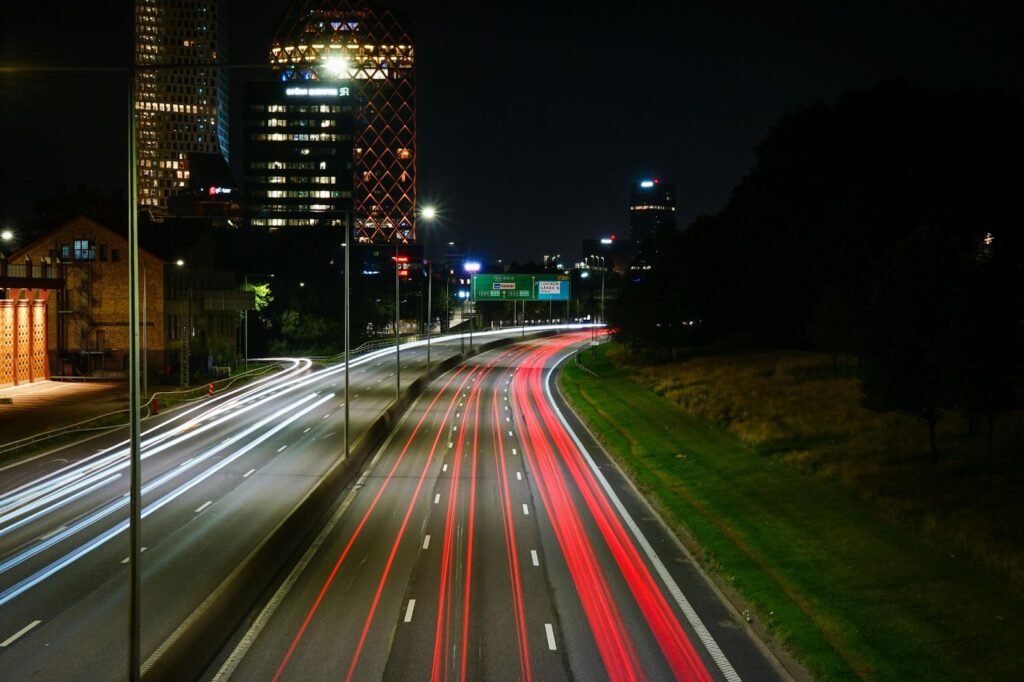
Tokenizing real-world assets (RWAs) is quickly becoming one of the most exciting developments in blockchain and investing. The idea? Take something that holds value in the real world—like real estate, commodities, or even fine art—and turn it into a digital token that can be traded on the blockchain.
Table of Contents
This isn’t just a futuristic concept—it’s already happening. And it’s opening the door to a market that could be worth hundreds of trillions of dollars. In this article, we’ll break down what RWAs are, how they’re created, and why they’re gaining traction as a smart addition to modern investment portfolios.
What Are Real-World Assets (RWAs)?
Put simply, RWA’s market credibility stems from the fact that they are physical or traditional financial assets—like property, cash, commodities, stocks, or intellectual property—that are represented as digital tokens on a blockchain. Tokenizing these assets makes them easier to buy, sell, and manage, and it opens up new opportunities for both individual and institutional investors.
By bridging the gap between traditional finance and blockchain technology, RWAs bring much-needed transparency, efficiency, and accessibility to markets that were once hard to enter.
Why RWAs Matter for Investors
For years, decentralized finance (DeFi) has been praised for its speed and accessibility—but it’s been largely limited to digital-native assets like cryptocurrencies. That’s starting to change.
Real-world assets take the benefits of DeFi—like low fees, instant transfers, and no middlemen—and apply them to traditional investments. One of the biggest advantages? Fractional ownership.
Imagine owning a share of a high-end commercial building without needing millions to invest. With tokenized RWAs, a property can be split into digital shares, allowing anyone to buy in for as little as a few dollars. These tokens can then be traded like any other digital asset, bringing liquidity to markets that have historically been illiquid.
RWAs also work well as collateral in DeFi lending, giving investors more ways to earn passive income and manage risk.
Bridging the Gap Between Traditional Finance and Blockchain
While the RWA space is still developing, its momentum is growing. Historically, DeFi focused on crypto-native assets—but now, projects are working closely with regulators and institutions to bring traditional assets on-chain.
Some real-world examples of RWA tokenization include:
- Government bonds being used as collateral to generate on-chain liquidity
Tokenized real estate, allowing everyday investors to buy into rental properties and receive income from them - Commodities like gold or oil, which are now being traded digitally with increased transparency and lower costs
- Carbon credits, offering a more efficient way to track, buy, and sell emissions offsets
These use cases are just the beginning. As tokenization continues to evolve, more asset classes will become accessible to more people—and investment portfolios will become even more diverse and balanced.
Why You Should Consider RWAs in Your Portfolio
If you’re heavily invested in crypto, adding tokenized RWAs can help stabilize your portfolio by introducing real-world value and reducing volatility. For traditional investors, RWAs offer a new way to diversify using blockchain without going all-in on crypto.
By combining tangible, familiar assets with the flexibility and speed of DeFi, RWAs give investors the best of both worlds.
Final Thoughts
Tokenized real-world assets aren’t just a trend—they’re a crucial step toward a more inclusive, efficient financial system. From real estate and gold to art and even vehicles, the future of ownership and investing is going digital.
As blockchain technology becomes more regulated and trusted, it’s likely we’ll see RWAs become a standard part of many investment strategies. Whether you’re a crypto enthusiast or a traditional investor, now is the time to start exploring how RWAs could fit into your financial future.

A dedicated Career Coach, Agile Trainer and certified Senior Portfolio and Project Management Professional and writer holding a bachelor’s degree in Structural Engineering and over 20 years of professional experience in Professional Development / Career Coaching, Portfolio/Program/Project Management, Construction Management, and Business Development. She is the Content Manager of ProjectCubicle.













